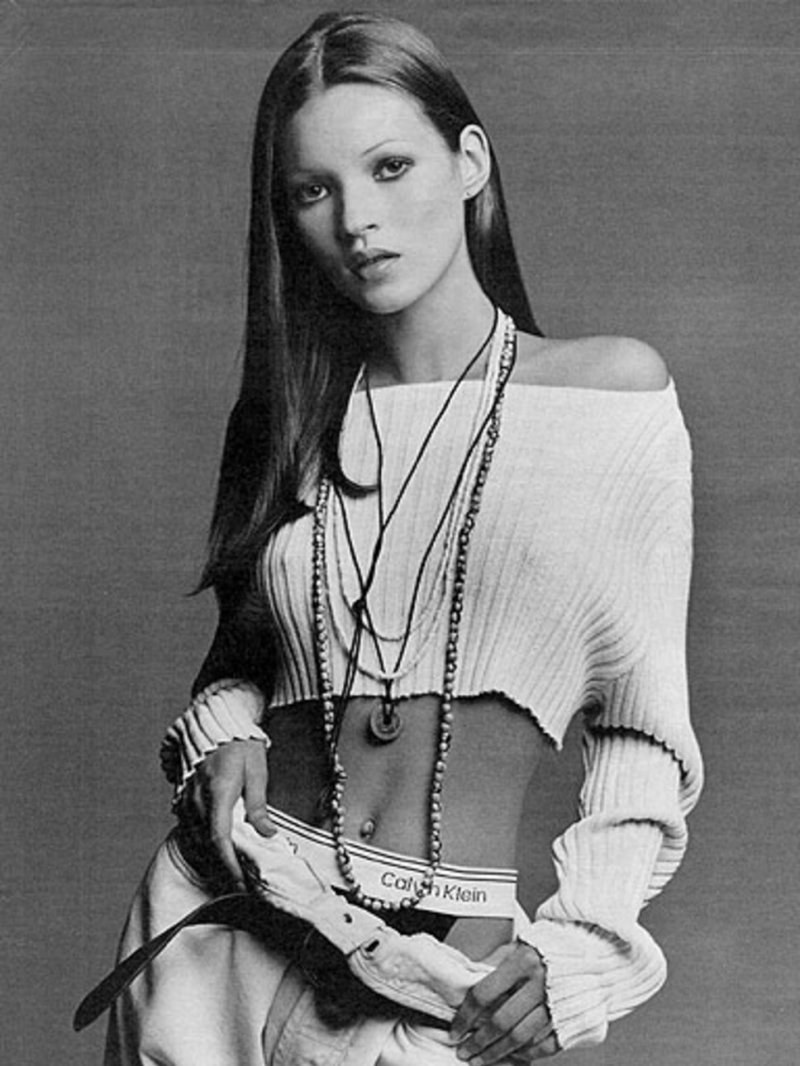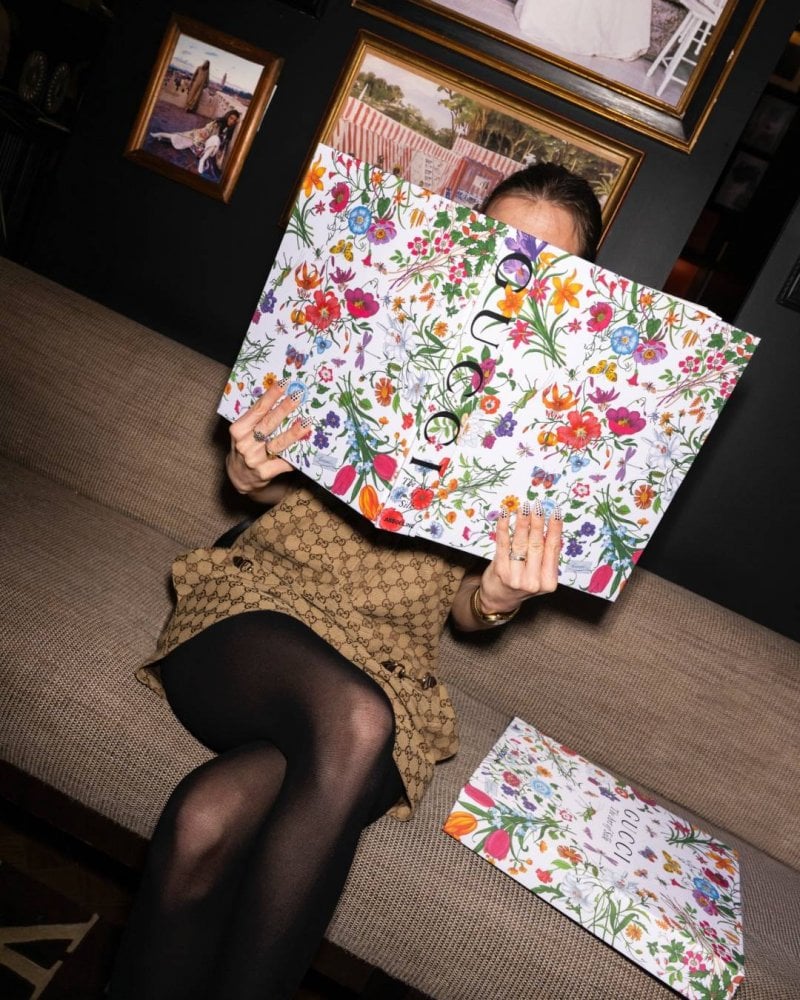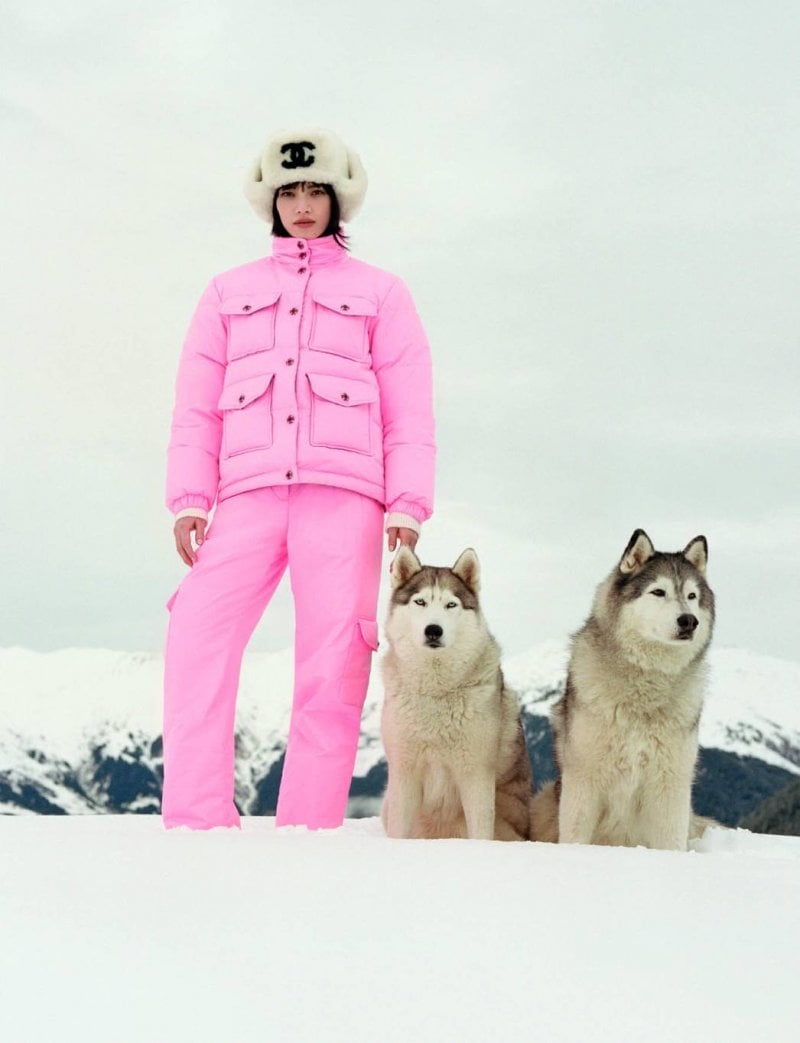by Mirella Haddad
Have you ever wondered how female body shapes have differed through time? The body aspirations admired differ greatly then what women aspired to in the past.
Body shapes are set trends inspired by the starlets or the renowned personalities of that given period and the shifting tides of evolution. Women used to wear corsets or gain weight to be in line with the trends of their time. While feminine beauty may be interpreted in different ways, most of us never heard of the different ideal body types our history witnessed.
In Ancient Egypt, women’s bodies were slender and fit. Just like Cleopatra – the last active pharaoh of her time – women’s shoulders were narrow, their waist high and their face symmetrical. However, in Ancient Greece – a period of history that witnessed the rise of women in societal roles – women were plump and full-bodied. Their skin was light toned and they were considered “disfigured” versions of men.

Considered as one of the greatest periods in the entire history of China, the Han Dynasty witnessed women with slim waists and pale skins. Their feet were small and their eyes were large, if not by nature, they used make up to achieve this look.

With their ample bosoms, the women of the Italian Renaissance had a rounded stomach, full hips and fair skin, while the women of Victorian England were plump, full-figured and had a cinched waist achieved by a corset they used to wear to obtain this ideal body shape.

The Roaring 20’s were the years in which women gained many new rights and started working. With the increasing popularity of cinema, real celebrities began to appear. Founder of French luxury brand Chanel, Gabrielle Coco Chanel, was one of the 100 most influential people of the twentieth century. During this period, women had flat chests, thin waists, short bob hairstyle and boyish figures.
.jpg)
Hollywood’s Golden Age was brought about by famous American actresses, models and most notably singer and actress Marilyn Monroe, who went on to become a fashion icon. This Hollywood starlet was curvy and had an hourglass-shaped body. With her large breasts and slim waist, Monroe was considered a symbol of glamour in her times.

Following this period, feminine beauty took a different direction slightly similar to the Roaring 20’s. The Swinging Sixties saw the rise of major social movements, a musical revolution and changing fashion trends. After her successful musical career, British singer Sandie Shaw became a fashion icon, which lead her to launch her own fashion label. Women in that period admired willowy slim bodies and long thin legs.

The 1980’s were the Supermodel Era and no one did it better than Jane Fonda. After receiving two Academy Awards, the American actress debuted an aerobic exercise craze by launching the famous “Jane Fonda’s Workout Book”. During this period, Women’s bodies were athletic, tall, willowy and slightly curvy. Toned arms were highly regarded.

Kate Moss is a British supermodel from the 1990’s otherwise known as the Heroin Chic period. Dubbed the “waif look”, Moss’ boney figure created a huge following that was met with controversy. Women started idolizing extremely thin bodies and tried achieving translucent-looking skin.
.jpg)
Thankfully, today’s postmodern beauty consists of a healthier looking body shape, though there is still a waif –like undercurrent roaming, female aspirations nowadays strive for a flat belly, a healthy body shape, large breasts and butt with a thigh gap. Though many women turn to plastic surgery rather than sports and diet to achieve their ideal body look, currents today show women idolize healthier looking types which is safe to say we’re evolving in the right direction.












